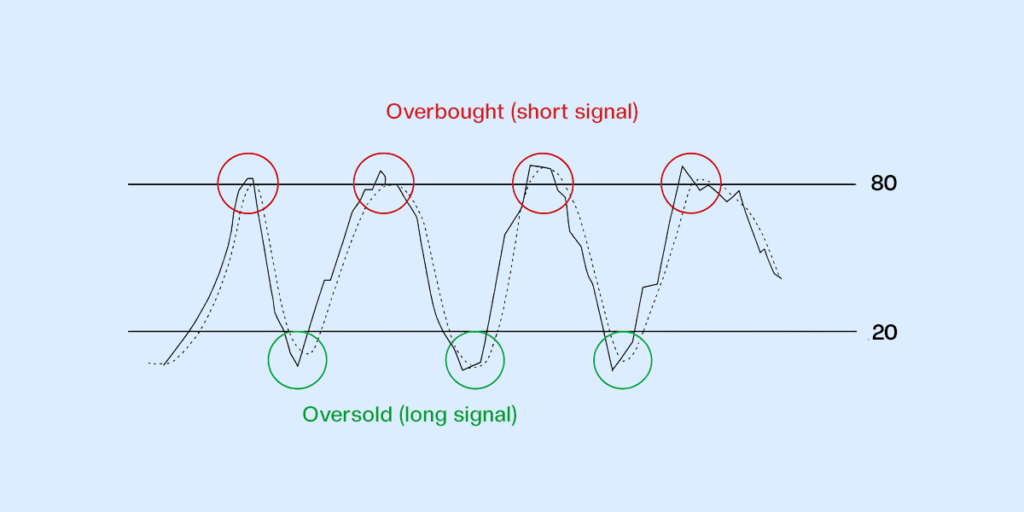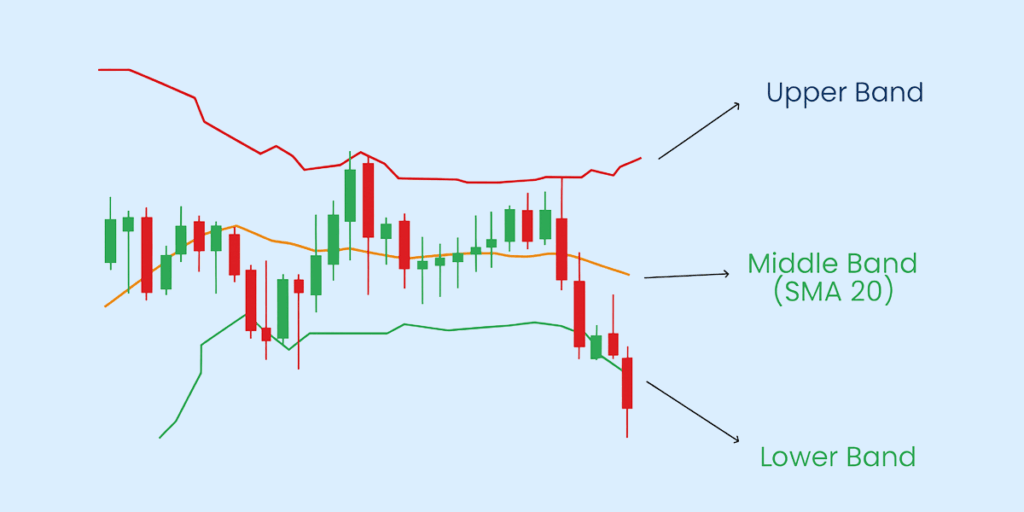Quick Summary:
– Ratio analysis is a technique for evaluating the financial performance of a business using data from its financial statements.
– Ratio analysis entails calculating ratios including liquidity ratios, profitability ratios, and efficiency ratios to assess how healthy a business is.
– Some commonly used ratios are the current ratio, return on equity, and the debt-to-equity ratio.
– Ratio analysis can be valuable for investors, analysts, and management when making decisions and identifying areas to make improvements.
– While useful, ratio analysis should be used in conjunction with other forms of analysis to give a comprehensive evaluation.
Ratio analysis is a structured method of evaluating a company’s financial performance using data from its financial statements. By comparing key figures such as revenue, expenses, assets, and liabilities, ratio analysis helps simplify complex financial data and reveals how efficiently a business operates.
In this blog, we’ll cover the definition of ratio analysis, its importance in business and investment, various types of ratio analysis, key financial ratios formulas, how these ratios support decision-making, and their limitations. Keep reading!
Introduction to Ratio Analysis
Ratio analysis is a key tool in financial analysis. It evaluates a company’s performance by comparing different financial metrics. Expressing relationships between figures from the balance sheet, income statement, or cash flow statement provides insight into a company’s operational efficiency, liquidity, solvency, and profitability.
Financial ratio analysis is important because it can simplify large volumes of financial data into measurable indicators. Investors, analysts, lenders, and management rely on ratio analysis to assess financial health, compare performance over time, and make informed decisions.
Ratio Analysis Definition
In finance, ratio analysis refers to the process of calculating and interpreting numerical relationships between different financial elements. These ratios help understand how well a business is using its resources, managing its debt, or generating returns.
Using standard financial ratios formulas, such as current ratio, debt-to-equity ratio, and return on equity, ratio analysis allows stakeholders to:
- Identify trends in financial performance
- Benchmark against competitors or industry standards
- Highlight strengths and weaknesses in operations
Key Financial Ratios and Their Formulas
In financial ratio analysis, various ratios are grouped based on the aspect of performance they measure. These include liquidity, profitability, leverage, and efficiency. Below are some of the most commonly used financial ratios formulas in ratio analysis, along with what they indicate.
Liquidity Ratios
Used to assess a company’s short-term financial stability.
1. Current Ratio
Formula:
Current Ratio = Current Assets ÷ Current Liabilities
Purpose: Measures the ability to cover short-term liabilities using current assets.
2. Quick Ratio (Acid-Test Ratio)
Formula:
Quick Ratio = (Current Assets – Inventory) ÷ Current Liabilities
Purpose: A stricter test of liquidity that excludes inventory from current assets.
Profitability Ratios
Indicate how efficiently a company generates profit.
3. Gross Profit Margin
Formula:
Gross Profit Margin = (Gross Profit ÷ Revenue) × 100
Purpose: Shows the percentage of revenue left after accounting for the cost of goods sold.
4. Net Profit Margin
Formula:
Net Profit Margin = (Net Profit ÷ Revenue) × 100
Purpose: Reflects the proportion of revenue that remains as net income after all expenses.
Leverage Ratio
Evaluates the level of debt relative to shareholder equity.
5. Debt-to-Equity Ratio
Formula:
Debt-to-Equity Ratio = Total Debt ÷ Shareholders’ Equity
Purpose: Indicates how much of the business is financed by debt compared to equity.
Efficiency Ratio
Shows how well a company utilises its assets to generate revenue.
6. Asset Turnover Ratio
Formula:
Asset Turnover Ratio = Net Sales ÷ Average Total Assets
Purpose: Measures how effectively the company is using its assets to generate sales.
Types of Ratio Analysis
In addition to classifying ratios by function (liquidity, profitability, leverage, efficiency), ratio analysis can also be categorised by how the data is interpreted over time or across entities. These include:
1. Horizontal Analysis (Time Series Analysis)
Horizontal analysis involves comparing financial ratios and figures across multiple accounting periods. The goal is to track changes over time and observe trends in performance.
Use in Ratio Analysis:
- Helps identify growth, decline, or consistency in specific financial areas
- Useful for assessing the effectiveness of business strategies year over year
- Often used in conjunction with trend analysis for deeper insights
2. Vertical Analysis (Common-Size Analysis)
Vertical analysis expresses each item in a financial statement as a percentage of a base figure (e.g., total revenue or total assets).
Use in Ratio Analysis:
- Simplifies comparison across companies of different sizes
- Useful for analysing the internal structure of the income statement or balance sheet
- Helps assess cost proportions, profit margins, and capital structure
3. Trend Analysis
Trend analysis focuses on examining financial ratios over a series of periods to detect consistent movements or fluctuations.
Use in Ratio Analysis:
- Tracks long-term changes in key metrics like return on equity, gross margin, or debt ratio
- Helps predict future performance based on historical trends
- Useful for management and investors in strategic planning
4. Comparative Analysis
Comparative analysis involves evaluating a company’s financial ratios against those of peer firms or industry benchmarks.
Use in Ratio Analysis:
- Highlights relative strengths and weaknesses
- Assists in identifying market positioning and operational gaps
- Often used by investors and analysts for benchmarking performance
Financial Ratio Analysis
Financial ratio analysis is a methodical approach to evaluating a company’s financial health using standardised ratios derived from its financial statements. These ratios provide insight into different areas of performance, such as profitability, liquidity, solvency, and operational efficiency, enabling better decision-making for a wide range of stakeholders.
Here’s how financial ratios help in decision-making:
- Simplify complex data: Ratios convert raw financial data into understandable metrics that highlight trends, strengths, and weaknesses.
- Highlight operational effectiveness: Ratios like asset turnover and operating margin reveal how efficiently a company is using its resources.
- Support internal planning: Businesses use ratio analysis to track performance, set benchmarks, and adjust strategies over time.
- Assist in risk identification: Financial ratios flag potential issues such as poor liquidity or excessive debt that may affect future operations.
The Role of Financial Ratio Analysis in Investment and Lending Decisions
For Investors
- Helps in comparing companies within the same industry based on profitability, return on equity, and earnings stability.
- Assists in identifying undervalued or overvalued stocks using profitability and valuation ratios.
- Supports long-term investment planning by assessing the company’s financial consistency and growth potential.
For Lenders and Credit Analysts:
- Liquidity ratios (like the current and quick ratios) help determine a company’s ability to repay short-term obligations.
- Leverage ratios, such as debt-to-equity, are used to assess financial risk and capital structure.
- Coverage ratios indicate the company’s ability to service interest and principal payments on debt.
Importance of Ratio Analysis in Business and Investment
Ratio analysis is a critical tool used by both businesses and investors to evaluate financial performance. It simplifies large sets of financial data into comparative indicators, making it easier to assess how efficiently a company is operating and where it stands financially.
Here are some reasons why investors and businesses use ratio analysis:
- Informed decision-making: Investors use financial ratio analysis to compare companies and identify strong investment opportunities. Businesses use it to make internal financial decisions and set strategic goals.
- Performance benchmarking: It helps compare a company’s performance against industry standards or competitors.
- Credit evaluation: Banks and lenders assess liquidity and solvency ratios to decide whether a company is creditworthy.
- Profitability tracking: Ratios like net profit margin and return on equity highlight how well a business converts revenue into profit.
Limitations of Ratio Analysis
While ratio analysis is widely used in finance, it has limitations that can affect its reliability, especially when used in isolation. These include:
- Historical data only: Ratios are based on past performance and may not reflect future potential or current market dynamics.
- No universal benchmarks: Ratios vary across industries, so comparing companies in different sectors can lead to misleading conclusions.
- Accounting differences: Changes in accounting methods or policies can distort comparisons over time or between firms.
- Lack of context: Ratio analysis does not explain why numbers are the way they are; it requires interpretation alongside other financial tools.
Conclusion
From liquidity and profitability to leverage and efficiency, financial ratios offer a clear picture of how a business is performing. They also help in benchmarking performance, identifying risk areas, and making more confident business or investment decisions.
For individuals looking to apply financial insights to grow their wealth, platforms like Appreciate offer a seamless way to access global markets, track their portfolio performance, and make informed investment choices. Download the app now!
FAQs
What is the definition of ratio analysis?
The ratio analysis definition refers to the process of evaluating a company’s financial performance by analysing relationships between different figures from financial statements. It helps identify trends, strengths, and weaknesses by using metrics that compare profitability, liquidity, solvency, and efficiency.
What are the key types of ratio analysis?
The main ratio analysis types include:
- Liquidity Ratios (e.g., Current Ratio, Quick Ratio): Assess short-term financial stability
- Profitability Ratios (e.g, Net Profit Margin, ROE): Measure earning capacity
- Leverage Ratios (e.g, Debt-to-Equity): Evaluates the company’s debt load
- Efficiency Ratios (e.g, Asset Turnover): Shows how well assets are used to generate revenue
How is financial ratio analysis used by investors?
Financial ratio analysis helps investors assess whether a company is financially sound, operationally efficient, and a worthwhile investment. It allows for comparisons across companies and sectors, assists in identifying underperforming firms, and supports decisions related to buying, holding, or selling equity.
What are the main financial ratio formulas?
Some of the commonly used financial ratios formulas include:
- Current Ratio = Current Assets ÷ Current Liabilities
- Net Profit Margin = (Net Profit ÷ Revenue) × 100
- Debt-to-Equity Ratio = Total Debt ÷ Shareholders’ Equity
- Asset Turnover Ratio = Net Sales ÷ Average Total Assets
What are the limitations of ratio analysis?
Ratio analysis has several limitations:
- It is based on historical data and may not reflect future performance.
- Ratios can be misleading without context or industry comparison.
- Accounting policies may vary between companies, affecting comparability.
- External factors like economic shifts or regulatory changes can impact ratio interpretation.
Hence, ratios should be used alongside qualitative analysis and broader financial review for accurate decision-making.
Disclaimer: Investments in securities markets are subject to market risks. Read all the related documents carefully before investing. The securities quoted are exemplary and are not recommendatory.























